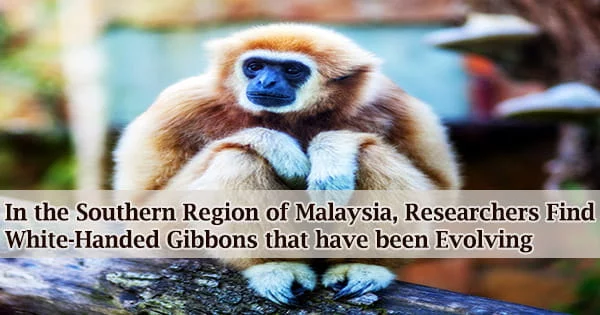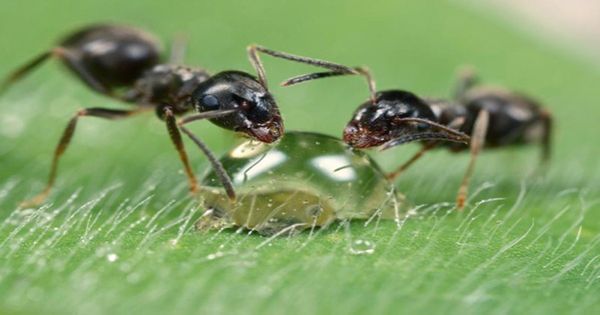Many of the captive gibbons in zoos and rescue facilities have been taken from plantations where their natural habitats are being destroyed, the illegal pet trade, private collectors, and private collectors.
To aid in the rehabilitation of wildlife species, including gibbons, before they are reintroduced or relocated back to the wild, Peninsular Malaysia’s National Wildlife Rescue Centre (NWRC) of the Department of Wildlife and National Parks (PERHILITAN) was founded in 2013.
Prior to returning to the wild, captive gibbons under the PERHILITAN-initiated Primate Rehabilitation Programme must undergo a series of tests and evaluations, during which their taxonomy and genetics may be evaluated.
Communities are places where different species coexist in one location. In a society where many organisms, such as animals, birds, bacteria, etc., coexist, there will be species variety. The community is growing and has a structure.
Researchers Dr. Jeffrine J. Rovie-Ryan from Universiti Malaysia Sarawak and Millawati Gani and colleagues from the National Wildlife Forensic Laboratory of PERHILITAN conducted a genetic assessment on 12 captive white-handed gibbons in NWRC, adhering to the Guidelines for Reintroductions and Other Conservation Translocations provided by the IUCN Species Survival Commission.
Different major growth forms, such as herbs and shrubs, can be used to analyze communities. It establishes a community’s structural layout. According to dominance, a particular group of species predominates over the community’s lesser species.
Given the prolonged isolation, it is likely that the southern population has undergone some local speciation, but this finding should be regarded as preliminary and requires further investigation.
Dr. Jeffrine J. Rovie-Ryan
Among all primates, white-handed gibbons are among the swiftest. They move so quickly that they merely brush against one limb before swinging off and gripping the next, “flying” up 40 feet in the air and making huge leaps before landing.
With this acrobatic maneuver, they may span rivers or wide gaps in the forest. In the wild, gibbons do experience fractured bones from unintentional falls caused by broken branches. Their faces are buried between their knees and chests while they sleep sitting up in trees with their knees bent.
Gibbons can go across tree limbs on two feet since they are bipedal. When they sprint or walk along the ground or on branches, they hold their arms high in the air for balance. The subspecies and place of origin of the animals must be established in order to make informed judgments about their translocation and reintroduction.
The team describes a hitherto unidentified southern population of the white-handed gibbon subspecies LAR residing in Peninsular Malaysia in a study that was published in the open-access journal ZooKeys.
The researchers found odd alterations in the DNA of the investigated gibbons during what had initially been a simple species and subspecies identification process utilizing DNA technology. The researchers arrived in front of a unique population in this manner, from which they deduced that it had to have been evolving alone.
“Given the prolonged isolation, it is likely that the southern population has undergone some local speciation, but this finding should be regarded as preliminary and requires further investigation,” explained Dr. Jeffrine.
The researchers also speculate that Southern Thailand may be home to a northern people. The study’s gibbons were pre-released into Pulau Ungka (Gibbon Island), a semi-wild enclosure, where they are still undergoing rehabilitation. There, PERHILITAN’s primate specialists are attentively watching their recuperation.
















